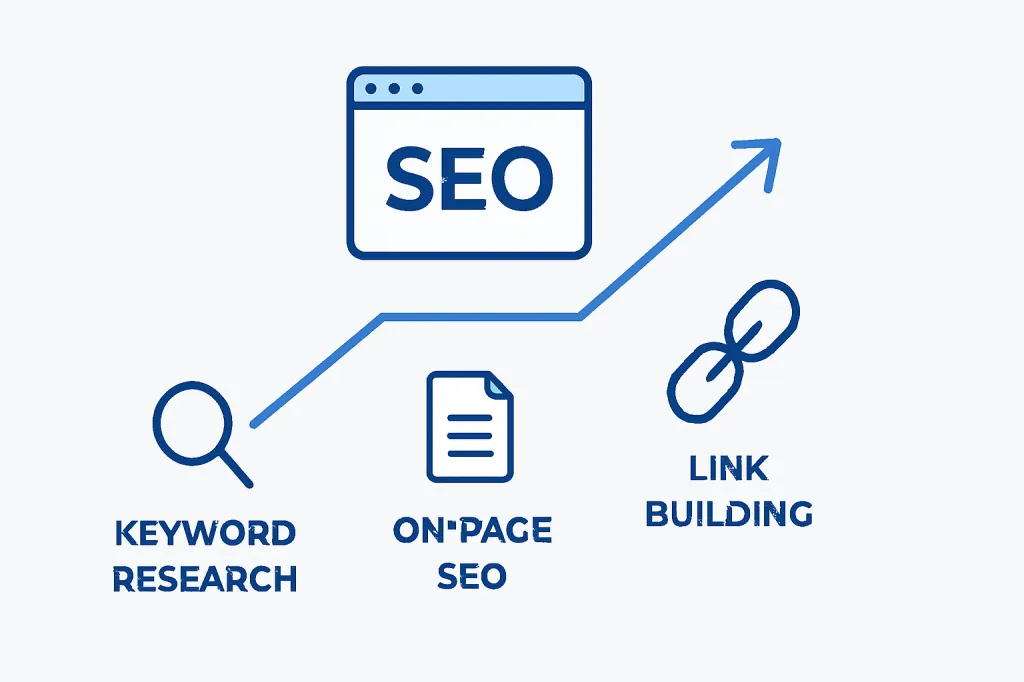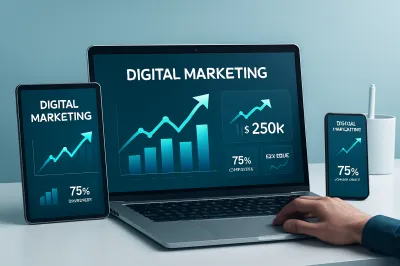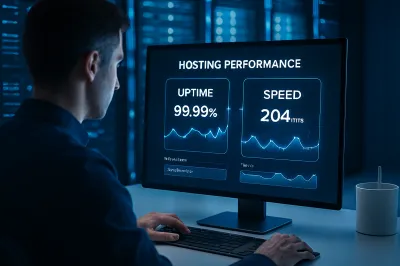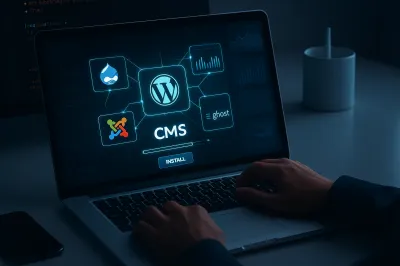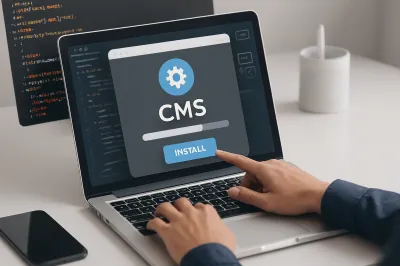Have you ever wondered why some websites appear at the top of Google's search results while others are nowhere to be found? The answer behind this success is something called SEO, which is the heart of modern digital marketing. This article will help you understand what SEO is, why it's crucial, and how you can get started on your own.
What is SEO?
SEO stands for Search Engine Optimization. It is the process of improving and developing your website to "please" search engines (like Google), resulting in your site ranking higher on the search engine results page (SERP) when someone searches for keywords related to your products, services, or content.
The ultimate goal of SEO isn't just to rank high; it's to increase high-quality website traffic. This means attracting people who are genuinely interested in what you offer and are likely to become future customers.
Why is SEO So Important?
- Increases Visibility and Builds Credibility: Websites that rank at the top are often perceived as more trustworthy and authoritative by users.
- Cost-Effective Long-Term Marketing: While it requires initial time and effort, once your website ranks, it can generate continuous, high-quality traffic at a lower cost than paid advertising.
- Reaches the Right Audience: SEO helps you connect with people who already have a "need." They are actively searching for what you have, which is a much better opportunity than presenting your product to an uninterested audience.
The Types of SEO You Need to Know
SEO is divided into three main components that work together to achieve the best results.
1. On-Page SEO (Optimizing Your Website's Content)
This involves optimizing everything that is "on the page" of your website to help search engines understand your content better. This includes:
- Keyword Usage: Analyzing and using appropriate keywords in your content, titles, and URLs.
- Content Quality: Creating useful, fresh content that answers the searcher's query.
- Page Structure: Using heading tags (H1, H2, H3) correctly, naming images properly, and adding Alt Text.
- Internal Linking: Creating links that connect to other pages within your own website, such as an article about Web Hosting.
2. Off-Page SEO (Building Your Website's Authority)
These are external factors that impact your website's credibility. The core element is Backlinks, which are like "votes" from other websites. The more high-quality and trustworthy websites that link back to you, the more important Google will see your website as being.
3. Technical SEO (Optimizing Your Website's Backend)
This is about improving the technical structure of your website to make it easy and fast for search engines to crawl and index. Examples include:
- Page Speed: Making your website load faster.
- Mobile-Friendliness: Ensuring your site is easy to use on all devices.
- Sitemap: Creating an sitemap.xml file to help Google understand all the pages on your site.
- Security (HTTPS): Installing an SSL certificate to make your site HTTPS.
How to Get Started with SEO by Yourself
- Find Your Keywords: Think like a customer. What words would you use to search for your products or services? Use tools like Google Keyword Planner for ideas.
- Create Quality Content: Write articles, make videos, or create content that answers questions and solves problems for your target audience.
- Implement Basic On-Page SEO: Use the keywords you found in your title, headings, and content naturally.
- Ensure Fast Loading Speed: Choose quality Web Hosting and optimize your image sizes.
- Promote Your Content: Share your articles on social media to create opportunities for backlinks.
Conclusion
SEO isn't a mysterious, complex technique. It's a combination of creating valuable content and optimizing your website's quality according to principles set by search engines. While it takes time, the long-term rewards are well worth the effort.
If you want to learn more about online marketing, feel free to check out other articles in our SEO & Marketing category!
